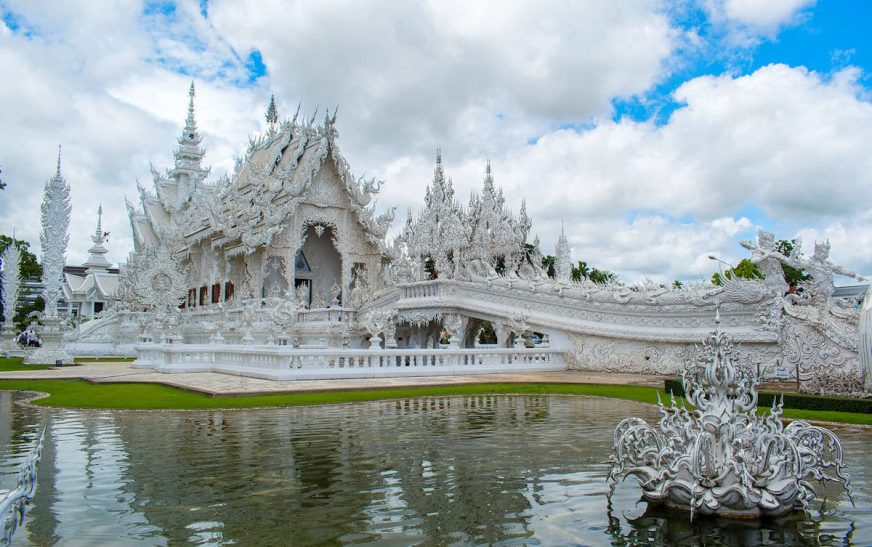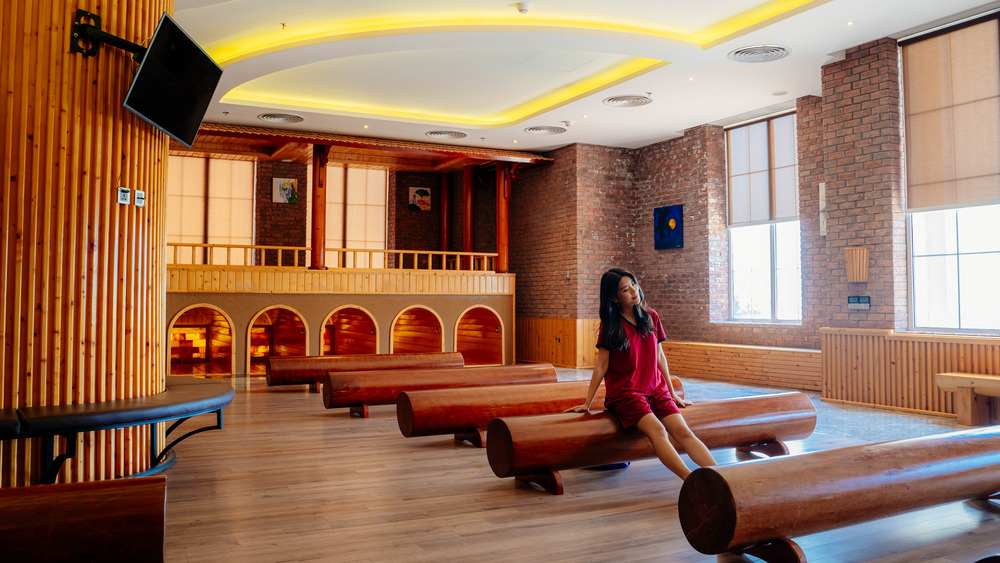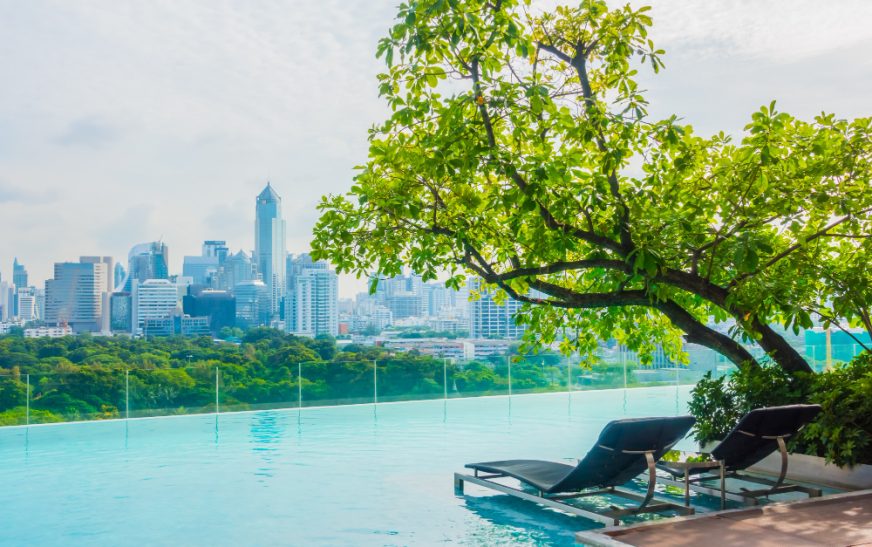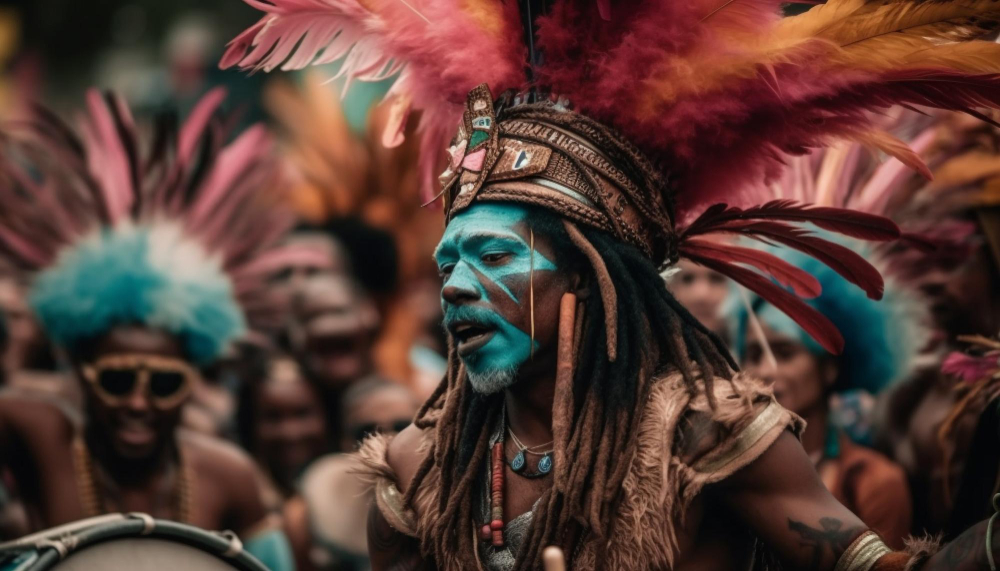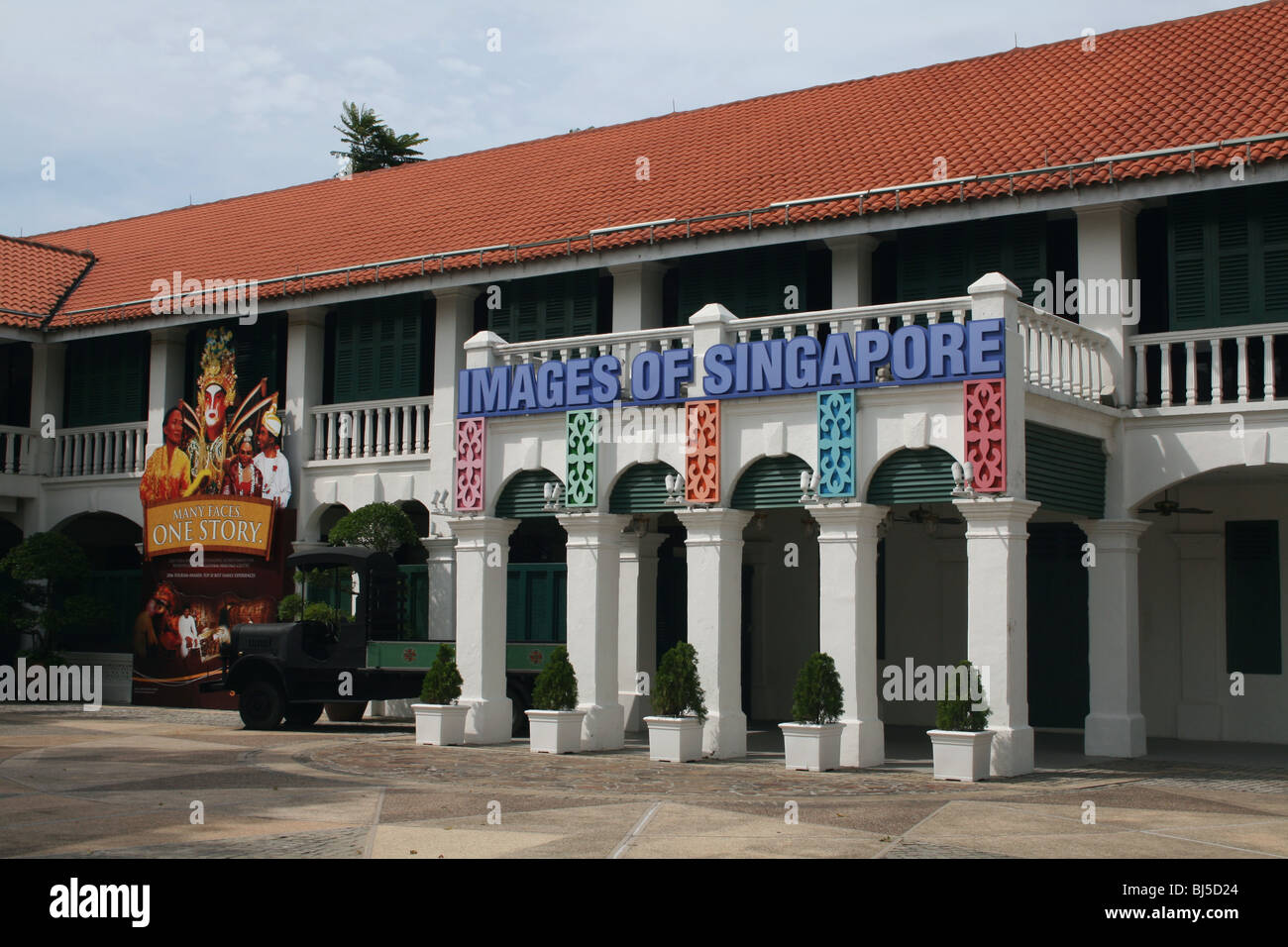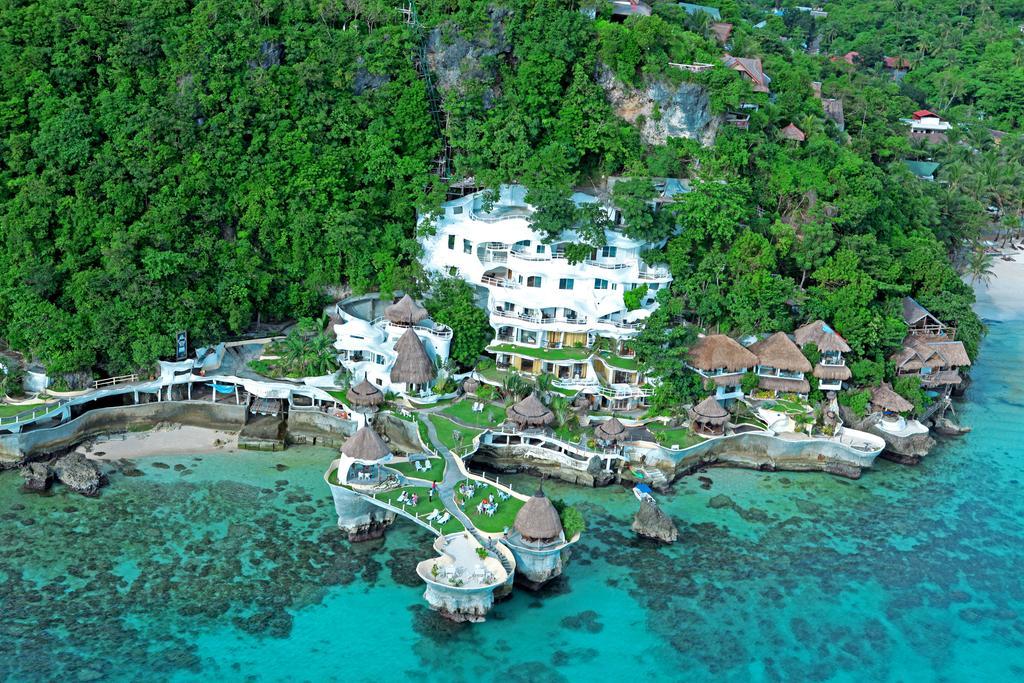Nestled in the northern region of Thailand, the White Temple Chiang Rai Thailand (Wat Rong Khun) stands as a modern marvel of artistic expression and spiritual significance. This unique temple, designed by renowned Thai artist Chalermchai Kositpipat, has become a symbol of Thailand’s rich culture and a must-visit destination for travellers seeking an extraordinary experience. The temple’s striking white facade, adorned with intricate details and symbolic elements, draws visitors from around the world. In this article, we will explore 10 stunning facts about the White Temple Chiang Rai Thailand that will leave you speechless and deepen your appreciation for this architectural wonder.
White Temple Chiang Rai Thailand: A Visionary Artist’s Dream
The inception of the White Temple Chiang Rai Thailand can be traced back to the artistic vision of Chalermchai Kositpipat. Inspired by a dream to create a temple that would represent the pure essence of Buddhism, Kositpipat embarked on this ambitious project in 1997. His dedication to the temple’s design and construction reflects his commitment to showcasing the beauty of Thai culture and spirituality. Kositpipat’s unique approach blends traditional Buddhist elements with contemporary art, resulting in a structure that captivates and inspires.
An Unconventional Design at the White Temple Chiang Rai Thailand
Unlike traditional Thai temples, which often feature vibrant colours and ornate decorations, the White Temple Chiang Rai Thailand is predominantly white, symbolising purity and the Buddha’s teachings. The use of mirrored glass fragments embedded in the white exterior creates a stunning visual effect, reflecting sunlight and adding a shimmering quality to the temple. This innovative design element not only enhances the temple’s beauty but also represents the idea of enlightenment and the connection between the physical and spiritual realms.
Intricate Symbolism in the White Temple Chiang Rai Thailand
Every aspect of the White Temple Chiang Rai Thailand is imbued with deep symbolism. The temple’s design incorporates numerous elements that reflect Buddhist teachings and philosophies. For instance, the bridge leading to the main temple symbolises the transition from the cycle of suffering to the path of enlightenment. The hands reaching out from the ground represent unrestrained desire and the grasping nature of human beings, reminding visitors of the importance of letting go to achieve spiritual liberation.
A Work in Progress at the White Temple Chiang Rai Thailand
One of the most intriguing facts about the White Temple Chiang Rai Thailand is that it is still a work in progress. Kositpipat has envisioned the temple as a lifelong project, with plans for ongoing construction and artistic additions. As visitors explore the temple complex, they may encounter areas that are still under development, reflecting the artist’s commitment to continuously evolving the temple’s narrative. This dynamic nature of the temple adds to its allure, inviting visitors to witness its transformation over time.
The Unique Chedi
The White Temple Chiang Rai features a striking chedi (stupa) that stands apart from traditional designs. While typical Thai stupas are often rounded and adorned with gold, this chedi is starkly white and angular, resembling a modern art installation. This design choice emphasises the temple’s contemporary nature while still honouring its spiritual significance. The chedi houses relics of the Buddha, serving as a sacred space for meditation and reflection.
An Artistic Collaboration
The creation of the White Temple Chiang Rai Thailand is not solely attributed to Chalermchai Kositpipat; it has also involved the contributions of various artists and craftsmen. The temple’s intricate murals and sculptures were crafted by a team of skilled artisans, each bringing their unique style and interpretation to the project. This collaborative effort reflects the communal spirit of Thai culture and the importance of collective creativity in bringing the temple to life.
A Hub for Social Change
Beyond its spiritual and artistic significance, the White Temple Chiang Rai Thailand serves as a hub for social change and community engagement. Chalermchai Kositpipat has dedicated a portion of the temple’s proceeds to charitable initiatives aimed at improving the lives of those in need within the local community. By promoting education and healthcare, the temple not only serves as a place of worship but also as a catalyst for positive change in the region.
The Murals of the Main Hall
One of the most captivating features of the White Temple Chiang Rai Thailand is the murals adorning the walls of the main hall. These contemporary artworks depict a blend of Buddhist themes, pop culture references, and social commentary. From images of superheroes to representations of modern technology, the murals provoke thought and encourage visitors to reflect on the interplay between spirituality and contemporary life. This fusion of styles highlights the temple’s commitment to bridging traditional beliefs with modern realities.
A Symbol of Resilience
The White Temple Chiang Rai Thailand is a testament to resilience, having survived the devastating earthquake that struck Chiang Rai in 2014. Although the temple sustained damage during the earthquake, Kositpipat and his team worked diligently to restore and enhance the structure, demonstrating the unwavering commitment to preserving this cultural treasure. The restoration efforts serve as a reminder of the temple’s enduring spirit and the importance of safeguarding Thailand’s artistic heritage.
A Must-Visit Destination
For travellers exploring Thailand, the White Temple Chiang Rai Thailand is an unmissable destination that offers a unique blend of artistry, spirituality, and cultural significance. The temple attracts millions of visitors each year, drawn by its breathtaking beauty and thought-provoking symbolism. Whether you’re an art enthusiast, a spiritual seeker, or simply curious about Thai culture, a visit to the White Temple promises to be a transformative experience that will leave a lasting impression.
Conclusion
The White Temple Chiang Rai Thailand stands as a remarkable testament to the power of art and spirituality, inviting visitors to delve into its intricate design and profound symbolism. From its visionary creator to the collaborative efforts of talented artisans, every aspect of this temple reflects the rich cultural heritage of Thailand. As you explore the White Temple, you’ll discover stunning facts and experiences that deepen your understanding of its significance. Whether you’re captivated by the shimmering white facade or the thought-provoking murals, the White Temple is sure to leave you speechless and inspired.
FAQs
1. What is the best time to visit the White Temple Chiang Rai Thailand?
The best time to visit is during the cooler months, from November to February, when the weather is pleasant and ideal for exploration.
2. Is there an entrance fee for the White Temple Chiang Rai Thailand?
Yes, there is a small entrance fee to help maintain the temple. The fee is typically around 50 THB (approximately $1.50).
3. Can I take photos inside the White Temple Chiang Rai Thailand?
Photography is allowed in most areas, but be respectful of the sacred spaces and avoid flash photography.
4. Are there any dress code requirements for visiting the White Temple?
Visitors are encouraged to dress modestly, covering shoulders and knees, as a sign of respect for the temple’s spiritual significance.
5. How long should I plan to spend at the White Temple Chiang Rai Thailand?
A visit typically takes about 1-2 hours, allowing time to explore the temple grounds, admire the art, and appreciate the unique architecture.
Also read: Ora Hotel Sentosa: 7 Reasons Why It’s the Perfect Getaway

